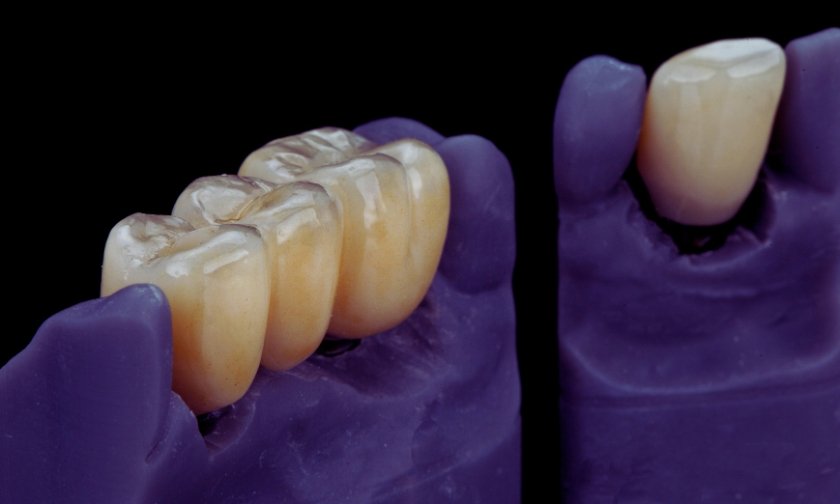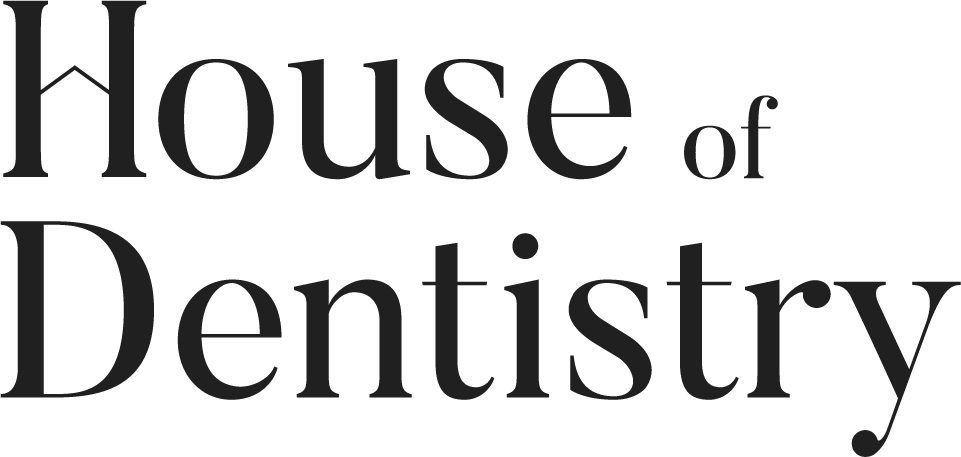

Your tongue keeps returning to it—a rough patch on your dental crown. It wasn’t there before. Perhaps it’s residual dental cement, or a piece of it got lodged after an adjustment. Whatever it is, that gritty sensation is frustrating. Should you attempt to get rid of it on your own? Can it hurt if you leave it alone? Let’s dive deep into the discussion to shed light on the topic:
What Is Dental Cement, And How Is It Used?
Dental cement is a strong adhesive that keeps dental crowns attached to the teeth. It will hold firmly in place while also safeguarding the underlying tooth. Some cement is temporary, and some is permanent. With time, extra cement hardens and can cause rough patches or gum irritation. Cement residue can even affect your bite in some instances. Learning to remove dental cement at home can avoid discomfort and possible dental problems.
When Would You Want Dental Cement Removed?
Not all occasions call for a removal, yet here are a couple of times when you’d want to consider it:
- Sharp or rough edges: Build-up of cement around the dental crowns creates rough edges that can irritate your gums and tongue.
- Inhibiting your bite: If your bite seems imbalanced following the placement of a crown, it could be due to too much cement.
- Gum irritation or inflammation: Some cements tend to become hard where they meet the gums, and you feel some kind of pain.
- Cement has shifted partially: Loose cement can trap bacteria and food and lead to an infection.
Safe Methods To Remove Dental Cement From A Crown at Home
Although it is always best to consult a professional, there are safe methods of removing minor cement buildup at home.
1. Use A Soft Toothbrush And Baking Soda
- A soft toothbrush and baking soda can smooth out rough cement patches.
- Dip the toothbrush in a little bit of baking soda and water paste.
- Brush lightly around the crown, particularly on the rough spot.
- Rinse well and inspect if the texture is better.
2. Dental Picks Or Interdental Brushes
- Rubber dental picks or interdental brushes may remove small cement residue.
- Select a soft-bristled interdental brush.
- Gently clean between the crown edges.
- Do not scrape heavily, as this may harm the crown or gums.
3. Over-The-Counter Dental Cleaning Tools
- Over-the-counter dental scaling devices are available in some drugstores to remove plaque and small cement deposits.
- Make sure the device is clean before you use it inside your mouth.
- Be gentle while scraping the cement.
- If discomfort arises, stop immediately and seek dental help.
When To See A Dentist
If you observe:
- Recurring discomfort or sensitivity in the area surrounding the crown.
- Trouble biting or chewing as a result of cement obstruction.
- Swollen, irritated gums close to the crown.
- Discoloration of the cement, possibly due to embedded debris.
If you struggle too much to remove dental cement at home, don’t delay your visit to a dental professional. Only a licensed dentist can safely remove it without causing any damage to your teeth. Our Metuchen dental clinic is ready to assist you in maintaining a healthy smile. Make an appointment today for quality treatment!



